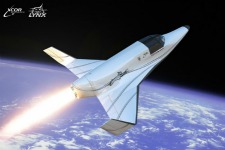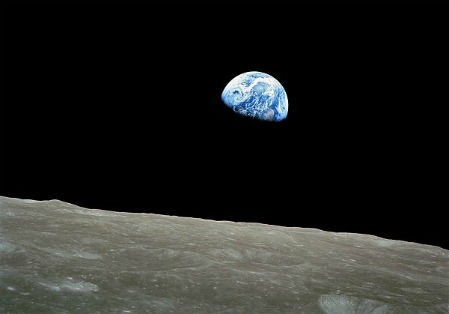Interesting article on the state of Rick Perry’s faith by Kathleen Townsend at the Atlantic. The Money quote:
Maybe he believes, like some socially conservative evangelicals, that these passages refer only to personal charity, not government programs. But I don’t see any place in the Bible that says we shouldn’t use all the tools we have at hand to help the poor, the sick, and the hungry. The same conservative Christians claim that the Bible teaches them that the government should outlaw gay marriage and stem cell research. But why should the government carry out some Biblical injunctions and not others?
No doubt plenty of convoluted apologetics exist which happen to coincidentally line up exactly with the interests of Perry and his zillionaire buddies. Funny how that always seems to be the case. One might almost call it miraculous.
I wonder if the Christians in the US understand that when the religious right champions torture or exploitation of the middle class, or any of dozens of ugly right-wing political positions they embrace, and makes up transparent excuses for why a loving God really wants us to crush a suspect’s testicles in a vice or doesn’t want We the People to intercede if homeless families are starving in the streets, it’s revolting to most of the rest of us on every level.
Every time I see that stuff I feel lucky to not be a Christian. For years I considered every single one of them either a hopeless dope, or a sleazy conman fleecing the dopes, precisely because of the antics of the religious right and the tele-evangelical phenomena. I’ve since met many great progressive people of faith who have helped dissuade me of that, but the stereotype still lingers and, as long as religious opportunists like Rick Perry thrive, it probably always will.







